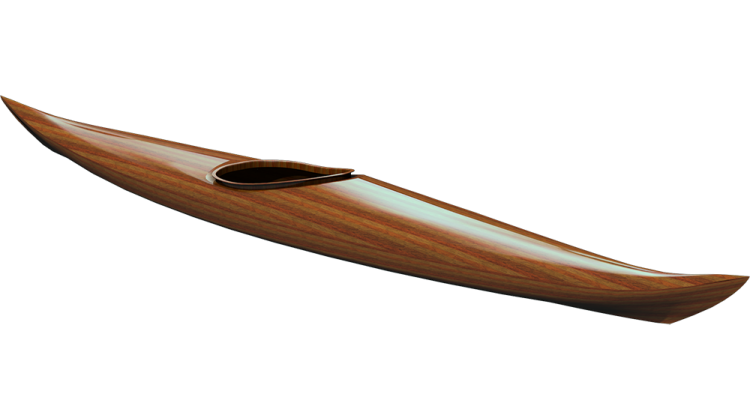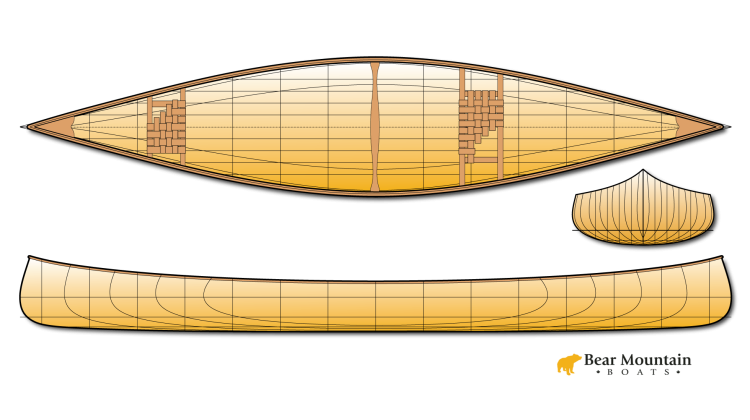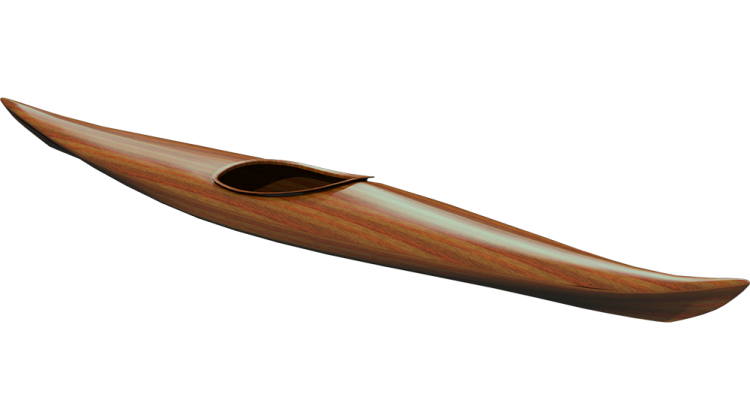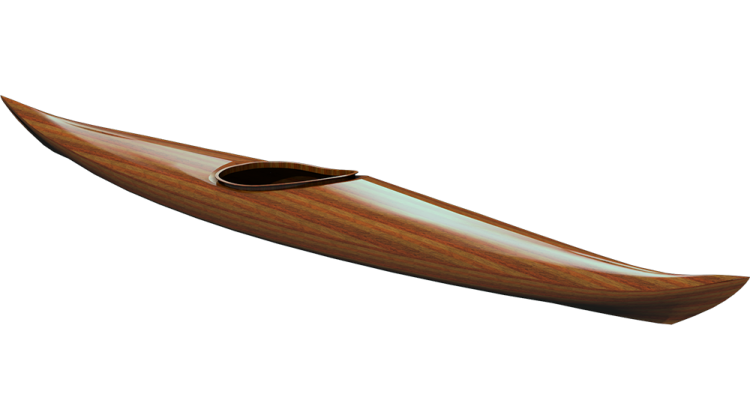"Tracking" has become a somewhat nebulous term when used in reference to sea kayaks. For most people it has something to do with how easily the kayak turns. In this context a boat with "good" tracking is one that is hard to turn and one that doesn't track tends to be easy to turn. Unfortunately, this tends to make people think a boat that is hard to turn is "good" or at least somehow better than one that is easy to turn. However, unless they are doing Olympic style sprint racing, most people do occasionally want to turn, and they would really prefer if it weren't too hard to do. When people talk about tracking they really want to know if they will have a hard time making their boat go where they want it to when they get caught out in a wind. If they have to struggle to maintain their course they think it is "bad", if it is easy to go where they want, it is "good". This quality of being easy to control in difficult conditions is only loosely related to how easy the boat is to turn.
A common problem for paddlers is when they find themselves crossing a bay in a high wind and they can not force their boat to point up into the wind. As a result they are forced to paddle a course that is either far out of their way or is leading them into danger. Any time they try to point their kayak towards the intended destination, the boat immediately gets blown off course or worse, they can not get the boat to turn in the desired direction at all.While this is often a problem of technique it is also a problem of a boat that is hard to turn. The boat that they thought had "good" tracking because it didn't turn easily is making it making their life difficult. The difficulty of turning the boat is combining with tendancy of the wind to make kayaks turn broadside to the wind, and creating a dangerous situation. While it may be true that once they get their boat on course it may be less likely to be knocked off course by the wind, the difficulty in turning is making it so they can't even get to the course they want. A kayak that was easier to turn would be much easier to get on course. While the easily turned boat might take less force to knock off course, at least you can get it there in the first place.
Note that it is not how much force it takes to turn a boat that determines how likely it is to be knocked off course. What really matters is how likely the kayak is to be subjected to sufficient force that it will be knocked off course. A boat that turns very easily but is not subject to sufficent turning forces is going to be easier to control than a kayak that is hard to turn but very likely to be exposed to enough force. An easy to control boat will be well balanced. It is just as likely to be subjected to forces that turn it in the way you want to go as to opposing forces. Balance has very little to do with how easy the kayak can be turned, instead it relates to how likely it will be turned.
Balance comes from the interaction of the kayak shape below and above the water with the air and the water. People often look at how much boat is exposed above the water and try to draw conclusions about how the wind will blow it around. They will see a high bow and assume the boat will be hard to control in a wind. But a high bow can be just fine as long as it is well balanced by the hull shape in the water. Water is much denser than air and as a result a little bit of water resistance can balance out a large amount of wind resistance. It is also a mistake to get too caught up in the "sail" area of a kayak because where there is wind, there are usually waves and waves are quite good at blocking the wind. So the kayak is being exposed to a lot less wind than you might think. Besides, the biggest sail is your body sticking up in the middle of the boat.
The way to make a boat controllable in harsh conditions is to try to balance all the forces. While the bow is being blown down wind, the water is pushing back and the stern is also being pushed around. With careful design these forces can be combined into a balanced boat that lets the maintain control over where they are going regardless of how easily the boat turns.








